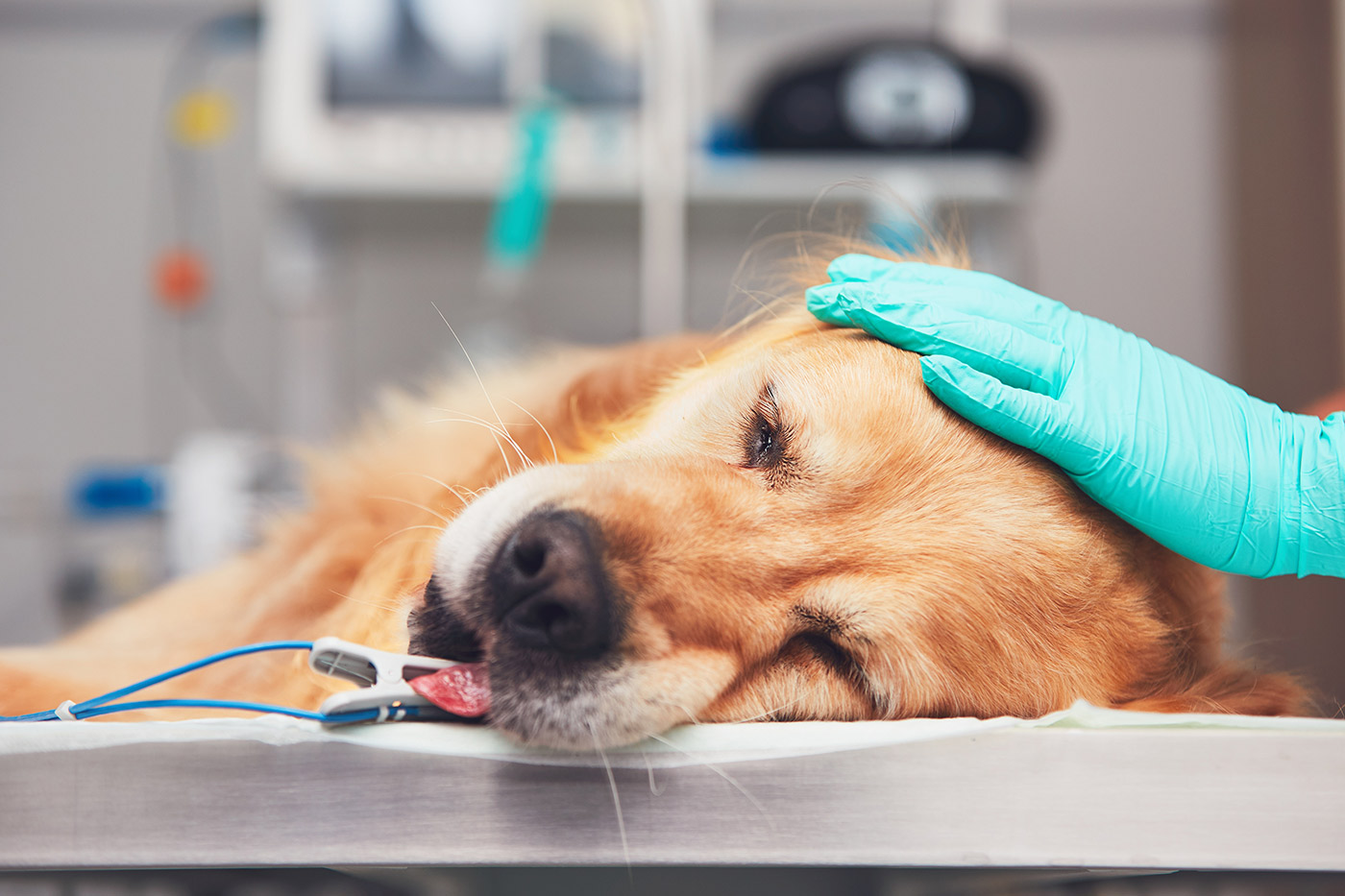In PLV (mechanical ventilation), oxygen - carrying fluids - is dripped through the lungs into the lungs of the patient. In this article I will describe how PL V is used today and how patients who receive it can be cared for. The currently preferred liquids are liquids with oxygen and carbon dioxide bearing properties (e.g. liquid oxygen, liquid carbon monoxide). Perflubron helps to open collapsed alveoli, increase gas exchange and improve lung conformity so that the ventilator can operate at the same level it reaches. This improved conformity allows ventilation with increased tidal volume, resulting in increased gas exchange and PFC fluids in the lungs, which can contribute to improved ventilation and mismatch of the perfusion. ...

The American Kennel Club recognizes the
importance of importing breeding animals from overseas, selecting pets
and ensuring that people can travel with their pets with minimum
disruption. However, there is also an increasing documented frequency of
transfers where the health of humans and pets may be insufficiently
protected. The current control mechanisms for pet imports, administered
by the US Department of Agriculture (USDA) and the Federal Trade
Commission (FDA), were established against the exponential increase in
imports and are insufficient to adequately monitor the health of dogs on
entry and to protect against the threat to public animal health posed
by dog and cat diseases and other animal diseases.
Dogs can be both friend and foe, but for
most of us they remain man's best friend. The AKC supports efforts to
ensure that all dogs imported into the United States are vaccinated and
individually certified and vaccinated as such by a qualified
veterinarian. As the number of dogs increases, hydatid disease is
thought to be spreading in the region, and transmission can only be
stopped by ensuring that farm dogs eat slaughterhouse waste or meat
cooked. Asian countries, as it is widely used in other Asian countries,
to ensure the safety and health of farm animals and their owners.
The public health community will
celebrate its many benefits to society while remembering the public -
health risks they can pose. Rabid dogs pose a threat to human health and
well-being, as well as to other animals and humans.
The risk increases when stray dogs pose
health problems because they are rescued by workers unaware of the
additional dangers, according to the U.S. Department of Agriculture.
Protected and stray dogs exposed to
zoonotic parasites such as protozoa, helminths and arthropods can pose a
major threat to public health. The majority of dogs are considered
stray, but the disease is usually transmitted by humans from infected
dogs without a definitive host. It forms in cysts, most commonly in the
liver, and can cause liver failure, kidney failure and liver cancer.
Although dogs are closely associated
with humans and human activities in almost every place, most people have
strong views about their role and influence on human society. People's
attitudes towards dogs vary widely, ranging from serious harm to public
health to benefits to humans. A number of studies show that
humanadoxical bonding has a positive effect on the health and well-being
of dogs and humans.
Studies have linked the relationship
between humans and dogs to reduced loneliness, improved self-esteem and
physical activity, and improved health and well-being. But the long-term
effects of expanded support for dogs and humans, such as food, shelter,
veterinary care, and exercise, have remained relatively unknown.
Furthermore, a reverse cause cannot be
excluded: healthy participants may be more likely to adopt dogs. In
addition to improving diagnostic testing, the development of a B. canis
vaccine, which is currently unavailable, could significantly reduce the
incidence of infection in dog populations and reduce the risk of
transmission to humans. Despite these conclusions, brucellosis in dogs
remains endemic in many parts of the world and remains a major health
problem in the United States, Canada, Australia, New Zealand, Germany,
France, Italy, Spain, Japan, South Korea, Russia, China, India, Brazil,
Mexico, Turkey, Argentina, Chile, Colombia, Peru, Venezuela, Ecuador,
Bolivia, Guatemala, Paraguay, Honduras, Nicaragua, Uruguay, Panama,
Costa Rica, Puerto Rico, Cuba, Haiti, Greece, Portugal, Thailand,
Indonesia, Nigeria, Ghana, Kenya, Uganda, Senegal, Tanzania, Sudan,
Ethiopia, Egypt, Morocco, Kuwait, Saudi Arabia, Malaysia, Sri Lanka,
Singapore, United Arab Emirates, USA and Turkey.
Future work is needed to improve
diagnostic tests in both humans and animals and to develop strategies to
prevent the spread of the disease.
A good first step would be to develop a
more accurate and reliable diagnostic test for the disease in dogs and
humans.
If police are called to a dog bite and
someone is seriously injured or killed, the dog can be quarantined. Ohio
state law allows police and others to kill the dogs if they attack
someone, but this can only be achieved if the attack ends in death or
grievous bodily harm. If dog owners do not respond to requests from the
health department to quarantine dogs, they should be notified by the pet
owner to quarantine the animals.
If the dog owner lives in Columbus or
Worthington, the third step for Columbus is to initiate a dangerous
investigation of the animal.
If the dog has bitten others or is on
the list, it can be declared a malicious or dangerous dog. If a dog bite
has not been reported, health officials have the authority to
investigate thoroughly and can question neighbors about the dogs'
behavior. It is very rare to contact the Ohio Department of Public
Health about a domesticated animal that has a history of biting or other
dangerous behavior.
Comments
Post a Comment